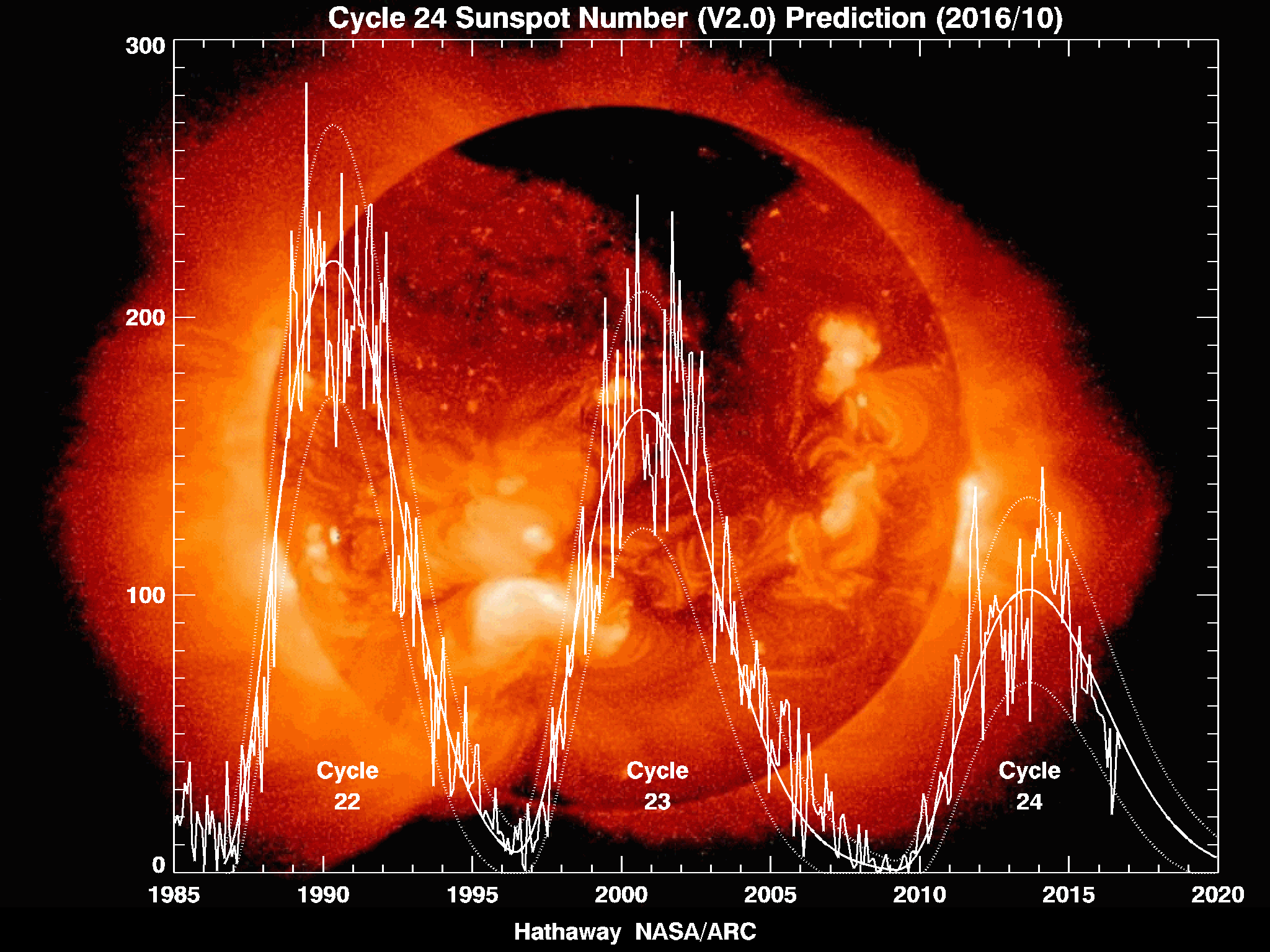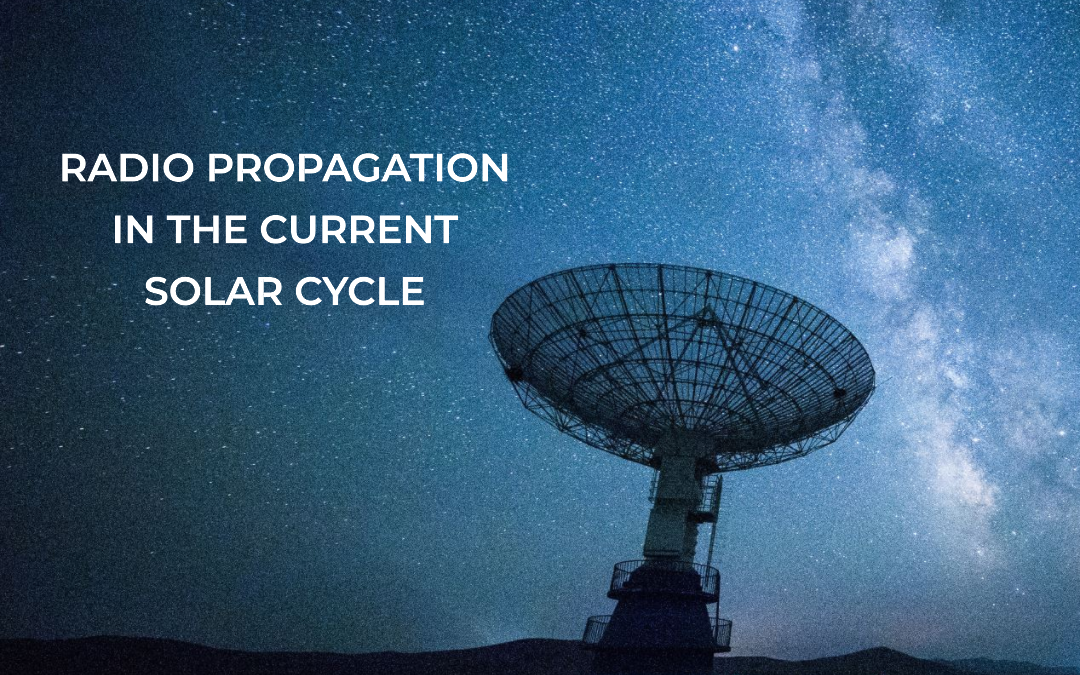Something that has always captivated the attention of radio amateurs worldwide is radio propagation in the current solar cycle. Solar cycles have a direct impact on radio propagation, so let’s delve deeper into how the current solar cycle is affecting our hobby and how we can make the most of it!
Understanding Solar Cycles and Their Impact on Radio Propagation
The sun goes through an approximately 11-year cycle, during which the number of sunspots increases and decreases. These sunspots are areas of intense magnetic activity, and they can cause solar flares and coronal mass ejections (CMEs). These solar events have a profound impact on radio propagation, particularly on the Earth’s ionosphere.
The ionosphere is a layer of the Earth’s atmosphere that contains electrically charged particles (ions). When the sun’s radiation interacts with these particles, they can influence radio signals, resulting in better or worse propagation conditions. During periods of high solar activity, the ionosphere becomes more ionized, which can lead to enhanced propagation, particularly for high-frequency (HF) radio waves.
Current Solar Cycle and Its Effect on Propagation
We are currently in Solar Cycle 25, which began in December 2019. The peak of this cycle is expected around 2025, but we’ve already started experiencing the effects of increased solar activity. That means it’s an exciting time for radio amateurs, as we can expect better propagation conditions over the coming years!
As we move closer to the peak of Solar Cycle 25, radio amateurs can expect to experience better propagation on the higher frequency bands, such as 10 meters and 6 meters. This is excellent news for those who enjoy DXing, as these bands offer the possibility of making long-distance contacts with relative ease.
However, it’s essential to keep in mind that propagation conditions can change quickly, depending on the sun’s activity. Solar flares and CMEs can cause short-term disruptions in radio propagation. To make the most of the current solar cycle, it’s crucial to stay up-to-date with solar activity and predictions.

Tips for Radio Amateurs in the Current Solar Cycle
- Stay Informed: Keep an eye on solar activity forecasts and real-time data to plan your radio activities accordingly. Websites like www.spaceweather.com and www.solarham.net provide valuable information to help you stay ahead of the game.
- Be Flexible: With the constantly changing propagation conditions, it’s essential to adapt your operating habits. Don’t shy away from trying new bands and modes to take advantage of improved propagation.
- Experiment with Antennas: As the solar cycle progresses, it’s worth experimenting with different antenna setups to optimize your station’s performance. A well-placed directional antenna can make a significant difference in your ability to make those long-distance contacts.
- Engage with the Community: Join online forums and social media groups dedicated to radio amateurs to share your experiences, tips, and tricks. Staying connected with the community can be a great way to learn and grow in your hobby.
The current solar cycle presents an exciting time for radio amateurs, with the promise of better propagation conditions and the opportunity to make some truly memorable contacts.
By staying informed, adapting to changing conditions, and experimenting with different setups, you can fully embrace the challenges and joys of radio propagation in Solar Cycle 25.

